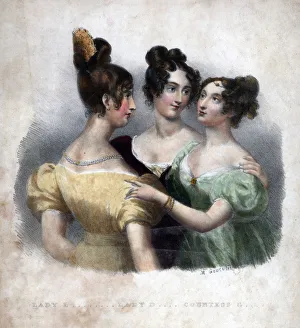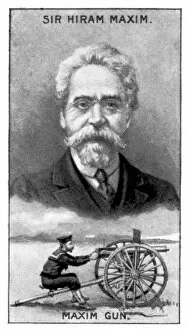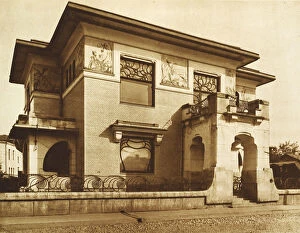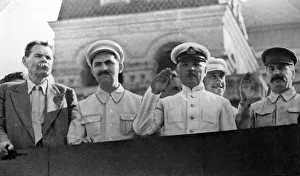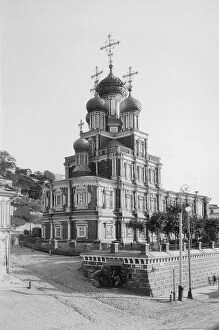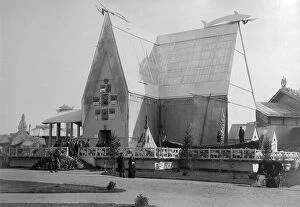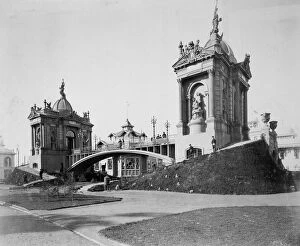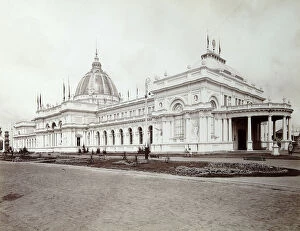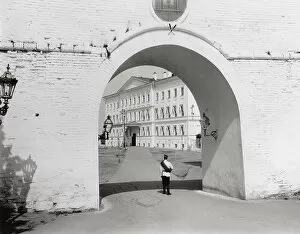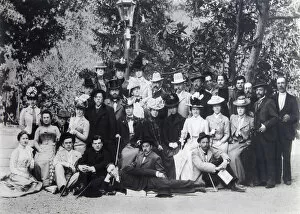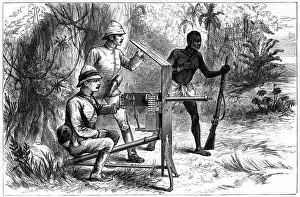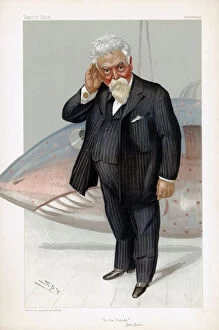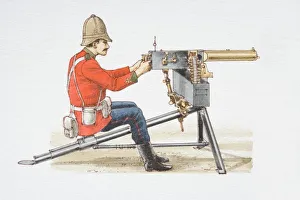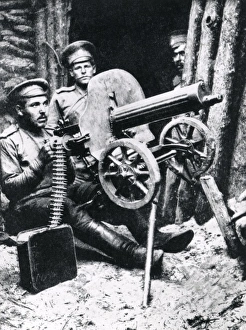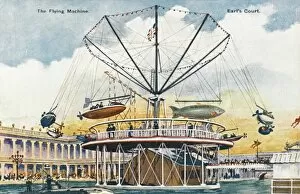Maxim Collection (page 5)
"Maxim: A Journey Through Time and Technology" Step into the world of Maxim, where history, innovation, and culture intertwine
All Professionally Made to Order for Quick Shipping
"Maxim: A Journey Through Time and Technology" Step into the world of Maxim, where history, innovation, and culture intertwine. From the iconic Machine Gun Corps Poster to the captivating Maxim-Dunne glider, this collection showcases a diverse range of moments that have been shaped by the name "Maxim. " Intriguingly, even art finds its way into this narrative with Bairnsfather's clever twist in his work titled "Another Maxim Maxim. " It is a testament to how creativity knows no bounds when it comes to paying homage to such an influential figure. The photograph capturing Lenin and Stalin at Lenins villa at Gorki in 1923 offers a glimpse into their intriguing relationship. The presence of power emanates from both men as they stand side by side near history's turning point. War has always had its share of technological advancements, and the Cameron Highlanders with their trusty Maxim gun during World War I exemplify this perfectly. Their unwavering determination is evident as they face adversity head-on. For those seeking culinary delights intertwined with nostalgia, Restaurant Maxim on Wardour Street in Soho beckons you inside. Step back in time to experience the ambiance of London's bustling streets while indulging in exquisite cuisine. But let us not forget about leisure activities. The Water Shute and Maxim Flying Machine offer thrilling adventures for adrenaline enthusiasts who seek excitement from above or below. As we delve deeper into history, we encounter brave soldiers forming part of the British Expeditionary Force Machine Gun Team. Their unwavering loyalty serves as a reminder that heroes come in many forms – united under one purpose. Bruce Bairnsfather once again captures our attention with his witty creation titled "A Maxim Maxim. " His artistic prowess brings humor amidst challenging times – reminding us that laughter can be found even amidst chaos. Finally, step inside Restaurant Maxim once more; immerse yourself within its opulent interior reminiscent of 1920s London.











